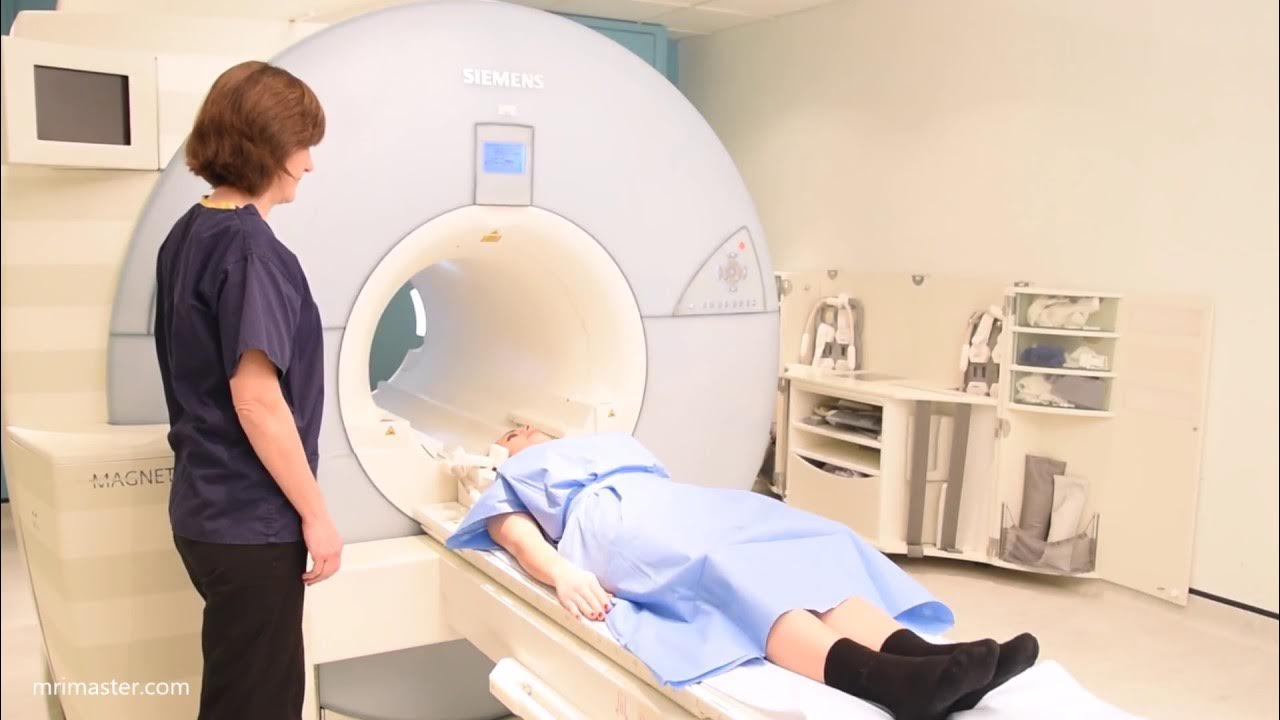Experiment 41.1 Effect of changing concentration on equilibrium position
Summary
TLDRThis video details Experiment T1.1, investigating how varying the concentration of 2g affects the equilibrium position of the reaction between iron(III) ions and thiocyanate ions. The reversible reaction is illustrated, highlighting the distinct colors of the reactants and products. The experiment involves creating an equilibrium mixture and observing color changes upon adding different reagents. Results demonstrate Le Chatelier's principle, showing that increasing concentrations of reactants intensify the red color of the complex ion, while the introduction of sodium phosphate lightens the mixture. This experiment effectively illustrates the dynamic nature of chemical equilibria.
Takeaways
- 😀 This experiment examines the effects of 2g concentration on the equilibrium position of the reaction between iron(III) ions and thiocyanate ions.
- 🧪 The reversible reaction produces a complex ion that displays a deep red color, which varies with concentration.
- 🌈 Iron(III) ions are pale yellow to brown, while thiocyanate ions are colorless, and the product is intensely red.
- 🔬 The procedure involves mixing equal volumes of iron(III) sulfate and potassium thiocyanate to form an equilibrium mixture.
- ⏳ After mixing, the equilibrium state is allowed to develop for one minute before observing color changes.
- 🧪 The equilibrium mixture is divided into four test tubes for further experiments with additional reagents.
- 🔍 Adding more iron(III) sulfate increases Fe3+ concentration, shifting the equilibrium to the right and deepening the red color.
- 🔄 Adding potassium thiocyanate also shifts the equilibrium right, producing more complex ion and intensifying the red hue.
- ⚖️ Introducing sodium phosphate decreases Fe3+ concentration, shifting the equilibrium to the left and resulting in a paler color.
- 📋 Observations of color changes should be recorded to understand the effects of concentration on the equilibrium state.
Q & A
What is the primary objective of Experiment T1.1?
-The primary objective of Experiment T1.1 is to study the effects of varying concentrations of ions on the equilibrium position of the reaction between iron(III) ions and thiosulfate ions.
What are the colors associated with the reactants and products in the reaction?
-Iron(III) ions are pale yellow to pale brown, thiosulfate ions are colorless, and the complex ion produced is a deep blood red.
How does the concentration of products affect the color of the equilibrium mixture?
-The color of the equilibrium mixture depends on the concentration of the complex ion; higher concentrations result in a deeper red color, while lower concentrations lead to a paler hue.
What is the first step in the experimental procedure?
-The first step is to measure 10 cm³ each of iron(III) sulfate solution and potassium thiocyanate solution, then mix them into a 100 ml beaker to create an equilibrium mixture.
How long should the equilibrium mixture be allowed to attain equilibrium?
-The equilibrium mixture should be allowed to sit for one minute to attain equilibrium.
What is the role of Le Chatelier's Principle in this experiment?
-Le Chatelier's Principle explains how the equilibrium position shifts in response to changes in concentration, helping to predict the effects of adding or removing reactants or products.
What happens to the color of the mixture when additional iron(III) sulfate is added?
-Adding extra iron(III) sulfate increases the concentration of Fe³⁺ ions, causing the equilibrium to shift to the right and the mixture to change from red to a deeper red color.
What effect does adding sodium phosphate have on the equilibrium mixture?
-Sodium phosphate precipitates with Fe³⁺ ions, decreasing their concentration and causing the equilibrium to shift to the left, which results in a paler color in the mixture.
How should the color changes be recorded during the experiment?
-The color changes should be recorded in a table provided in the students' network books as observations after comparing the test tubes.
What are the expected outcomes after the addition of potassium thiocyanate to the equilibrium mixture?
-Adding potassium thiocyanate increases the concentration of thiosulfate ions, which shifts the equilibrium to the right, resulting in a deeper red color in the reaction mixture.
Outlines

This section is available to paid users only. Please upgrade to access this part.
Upgrade NowMindmap

This section is available to paid users only. Please upgrade to access this part.
Upgrade NowKeywords

This section is available to paid users only. Please upgrade to access this part.
Upgrade NowHighlights

This section is available to paid users only. Please upgrade to access this part.
Upgrade NowTranscripts

This section is available to paid users only. Please upgrade to access this part.
Upgrade NowBrowse More Related Video

Caedrel Goes Through The Responses From T1 Joe Marsh & Zeus' Agency Over The Zeus Contact Drama

T1 Relaxation, Spin-lattice Relaxation, Longitudinal Recovery | MRI Physics Course #5

T1, T2 and Proton Density Weighting | MRI Weighting and Contrast | MRI Physics Course #6

Brain MRI scan protocols, positioning and planning

Critical Solution Temperature (CST), Determine the conc. of Sodium chloride in Phenol Water System

Wie funktioniert MRT? T1 und T2 Wichtung

[ENG]"그래도 남고 싶더라고" 제우스만 망설였던 재계약?! 최고의 선수들 '제오페구케'가 T1과 재계약한 이유|아는 형님|JTBC 230902 방송 외
5.0 / 5 (0 votes)